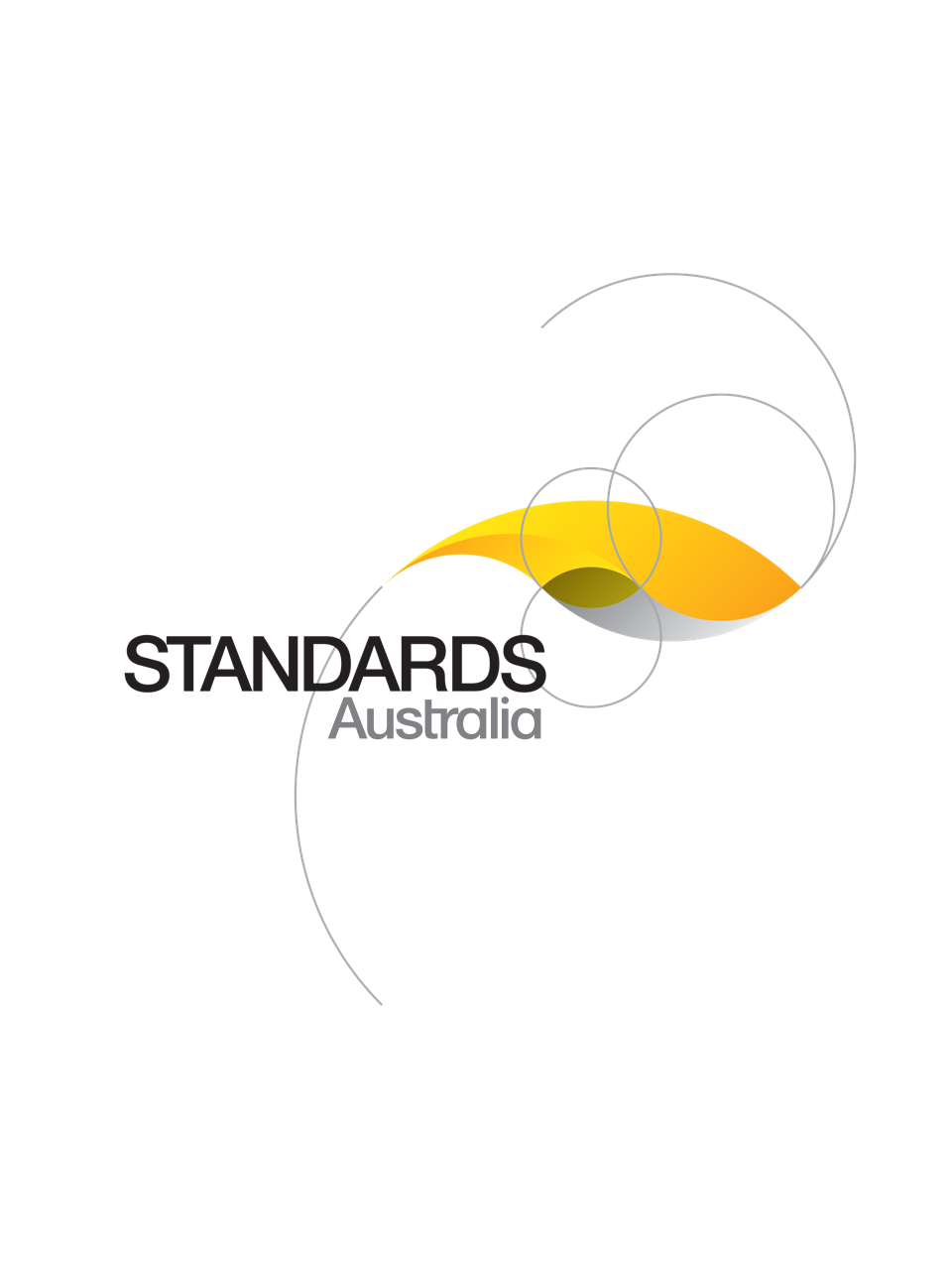Standard
UPDATE AVAILABLE
Track updates
AS 2400.13-1983
[Current]SAA Packaging code, Part 13: Tensional strapping
Provides guidance on the selection and use of metallic and non-metallic tensional strapping. The term metallic strapping covers flat band strapping and wire of round, oval or flat section. Non-metallic strapping covers weftless tapes and extruded thermoplastic tapes.
Published: 05/09/1983
Pages: 15
Table of contents
Cited references
Content history
Table of contents
Header
About this publication
1 SCOPE
2 GENERAL
3 MATERIALS
3.1 Steel Strapping
3.2 Other Metallic Strapping
3.3 Wire Strapping
3.4 Non-metallic Strapping
4 PHYSICAL PROPERTIES AND USAGE CHARACTERISTICS
4.1 General
4.2 Flexibility
4.3 Resistance to Deterioration
4.3.1 General
4.3.2 Moisture
4.3.3 Ultraviolet radiation
4.3.4 Extremes of temperature
4.3.5 Mould resistance
4.3.6 Corrosion
5 MECHANICAL AND PHYSICAL PROPERTIES OF METALLIC STRAPPING
6 NON-METALLIC TENSIONAL STRAPPING
7 METHODS OF JOINTING
7.1 Description
7.1.1 General
7.1.2 Sealing (Separate seal)
7.1.3 Seal-less joint
7.1.4 Fusion welding
7.1.5 Friction welding
7.1.6 Buckling
7.1.7 Tying
7.2 Applicability of Methods
7.2.1 Flat steel band
7.2.2 Steel wire
7.2.3 Weftless tape
7.2.4 Thermoplastics strip
7.3 Strength of Joint
8 APPLICATION
8.1 General
8.2 Examples
9 CHOICE OF STRAPPING
9.1 Package Considerations
9.2 Strapping Considerations
10 TYPES OF EQUIPMENT
10.1 General
10.2 Semi-automatic
10.3 Automatic
10.4 Automated or Operatorless
APPENDIX A
A1 GENERAL SAFETY CONSIDERATIONS
A2 SAFETY CONSIDERATIONS — MANUAL OR POWERED EQUIPMENT
A3 SAFETY CONSIDERATIONS FOR DISPENSERS
A4 SAFETY PROCEDURE FOR CUTTING TENSIONED STRAP
Cited references in this standard
